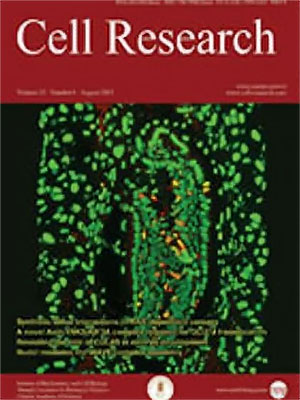Volume 1 Issue 2, December 1990: 207-215
ORIGINAL ARTICLES
Ultracytochemical localization of H+–adenosine triphosphatase activity in autophagic vacuoles induced by vinblastine in rat liver
Shenqiu Luo, Massiro Sakai and Kazuo Ogawa
Department of Anatomy, Faculty of Medicine, Kyoto University, Kyoto 606, Japan
Correspondence: Luo Shenqiu
H+–adenosine triphosphatase (H+–ATPase) activity was demonstrated cytochemically in autophagic vacuoles (AVs) of rat hepatocytes using a modification of the method for the demonstration of neutral p-nitrophenyl phosphatase (p-NPPase) activity 1. When an inhibitor of H+–ATPase, N–ethylmaleimide (IqEM) or 4, 4'–diisothiocyanostilbene–2, 2'disulfonic acid, di-sodium salt (DIDS) was included in the incubation medium the enyzme activity was abolished indicating that p-NPPase demonstrated in this study represents H+–ATPase. Autophagy was induced by a single intraperitoneal injection of vinblastine sulfate (VBL). The number of AVs increased remarkably in hepatocytes from 40 min after VBL treatment. H+-ATPase activity was observed mainly on the membranes of lysosomes and AVs. However, early forms of AVs containing only incompletely digested material showed no H+–ATPase activity. Most AVs revealing a positive reaction seemed to be in advanced stages of development. Acid phosphatase acticity was demonstrable in mature but not in early forms of AVs. The present investigation showed that membranes of advanced stage AVs possess an H+–ATPase which may be derived from lysosomal membranes.
Cell Res 1: 207-215; doi:10.1038/cr.1990.21
FULL TEXT | PDF
Browse 2601


